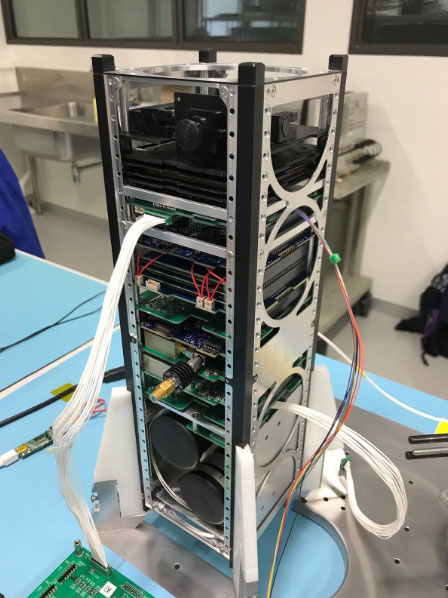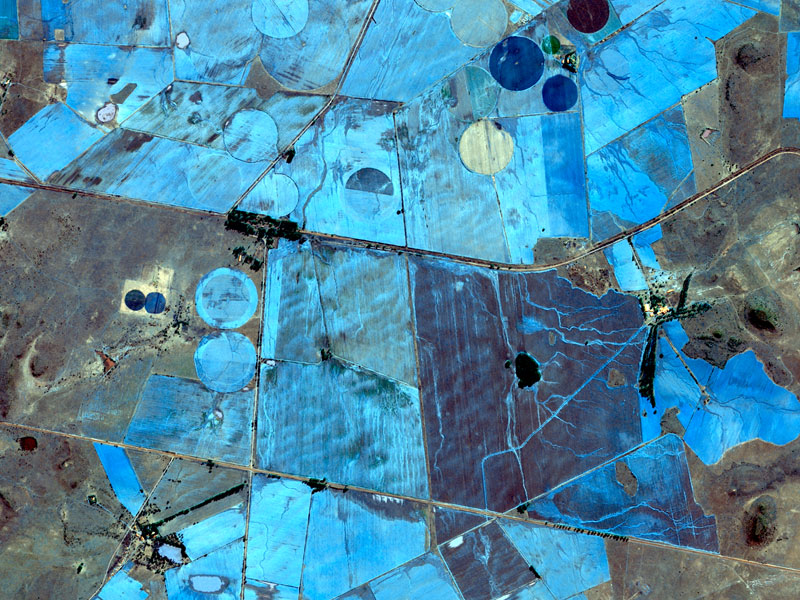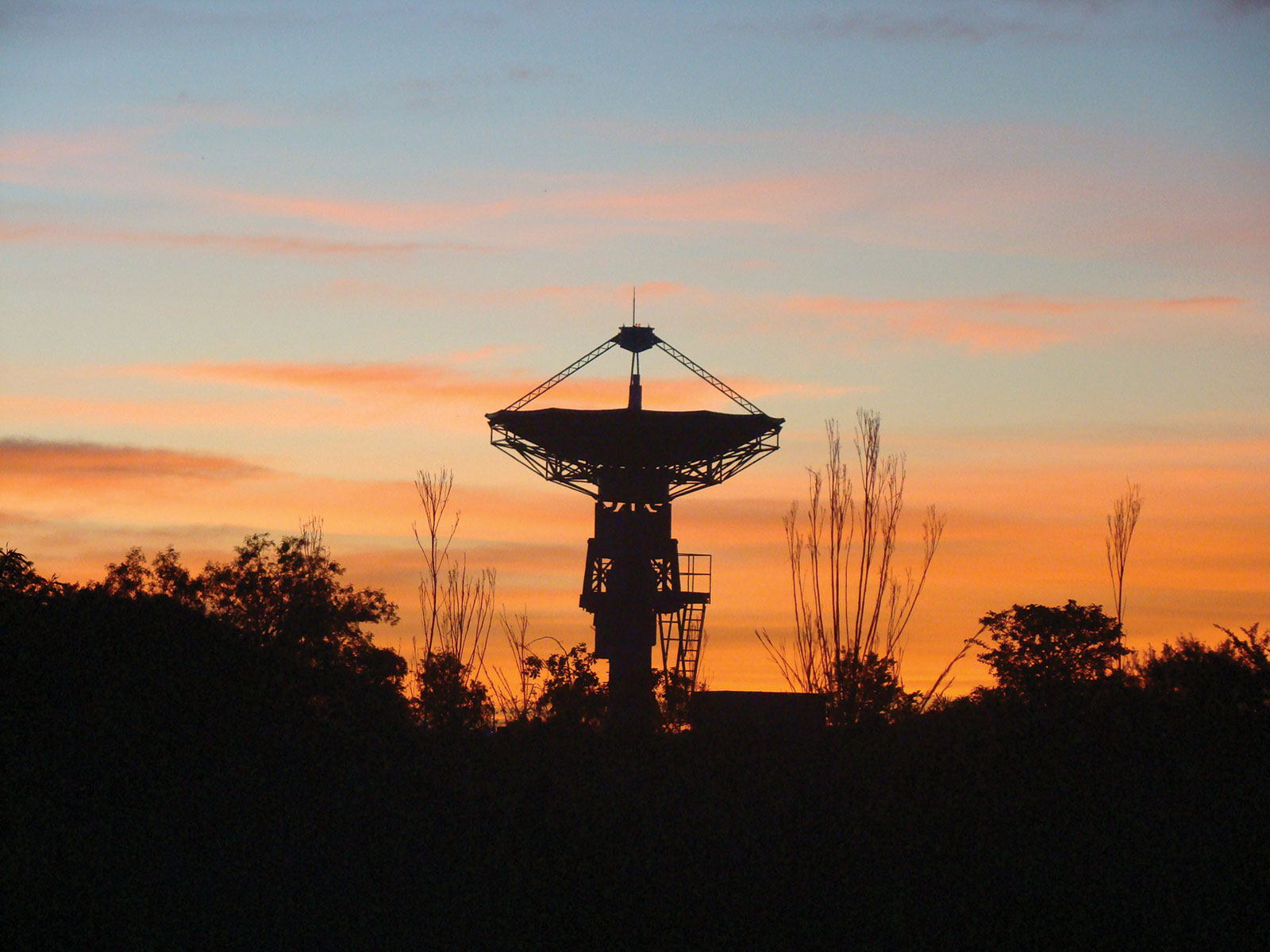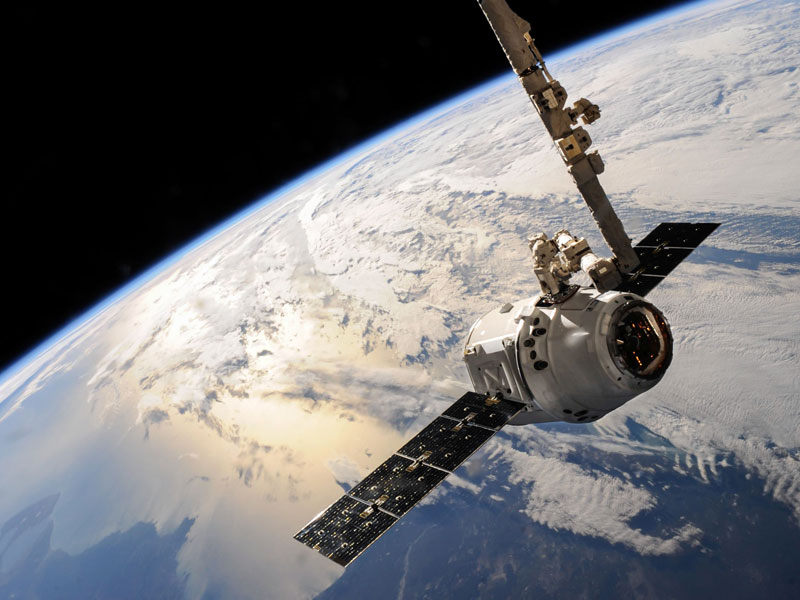The Space Engineering programme is still in development and does not currently offer products and services. The programme will be working towards offering services in the areas below in coming years.

Space Engineering
Products & ServicesSpace Missions
 The Space Engineering programme, in partnership with the other SANSA programmes, will provide clients with requirements and specifications for satellite design and construction as these requirements change often and are managed independently. Space Engineering will define missions, which will include various payloads for different applications. Satellites will be developed to address demand in environmental resources management, health, safety and security, and innovation and economic growth. The Space Engineering programme will also help in planning and developing the skills required to support government initiatives in space.
The Space Engineering programme, in partnership with the other SANSA programmes, will provide clients with requirements and specifications for satellite design and construction as these requirements change often and are managed independently. Space Engineering will define missions, which will include various payloads for different applications. Satellites will be developed to address demand in environmental resources management, health, safety and security, and innovation and economic growth. The Space Engineering programme will also help in planning and developing the skills required to support government initiatives in space.
Space Engineering will furthermore help develop and integrate activities along the space value chain to assist all SANSA programmes and improve SANSA’s ability to carry out space missions in general. Currently, Space Engineering is working on the EO-Sat 1 mission, expected to be launched in 2019, in line with national requirements. Another mission is in the conceptualisation phase.
Industry Development
Space Engineering will identify and develop in-demand space technologies, components and sub-systems through Centres of Excellence or Centres of Competence, in order to help grow the South African space industry. This will take place through university grants, as well as business incubators to help develop the human capital required to grow a technical industry.
Facility Development
Space Engineering will develop facilities for assembly, integration and testing for use by the South African space, automotive, and defence industries, with a view to eventually provide the full space mission life-cycle capabilities for the development and operations of optical, SAR (synthetic aperture radar) and scientific payloads. These capabilities will include the design, modelling, development, measurement, calibration, testing, and evaluation of technology options.
SANSA provides a wide range of services and data products to local and international organisations, governments and the business sector, as well as the global and regional academic community. These services include Earth observation data products, international launch monitoring and space weather information provision.
Explore our services:








